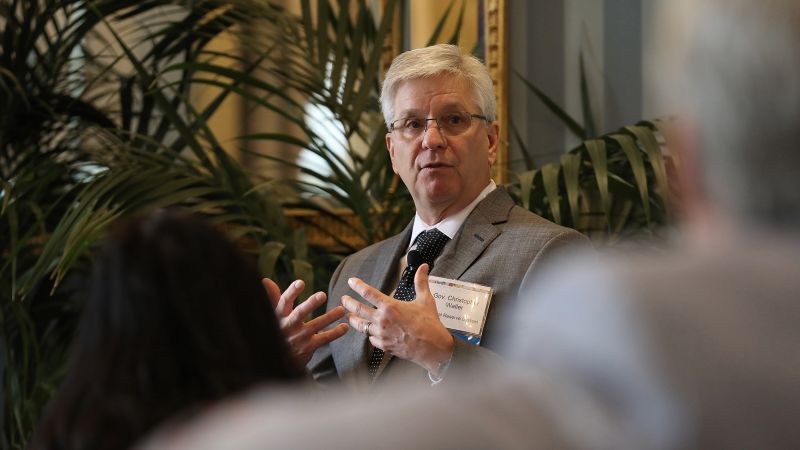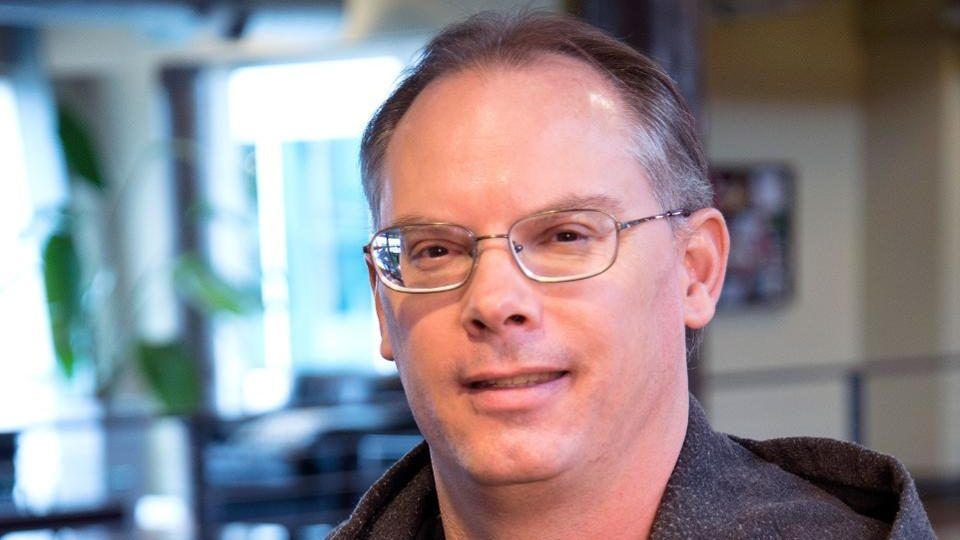Just days after pausing rate hikes, Fed officials calls for more increases
Washington, DC CNN —
The dust has barely settled on the Federal Reserve’s decision to pause its aggressive rate-hiking campaign — but in public appearances Friday, central bank officials have a clear message: Keep hiking.
Fed Governor Christopher Waller and Richmond Fed President Thomas Barkin both said Friday that additional rate increases are necessary to bring inflation down to the central bank’s 2% target.
“We’re seeing policy rates having some effects on parts of the economy. The labor market is still strong, but core-kind of inflation is just not moving and that’s going to require probably some more tightening to try to get that going down,” Waller said in a moderated discussion hosted by the Norges Bank and the International Monetary Fund in Oslo.
Barkin echoed that sentiment, saying he’s “still looking to be convinced, both that demand is settling and that any weakness is feeding through to inflation,” he said in remarks during a conference hosted by the Maryland Government Finance Officers Association.
The Fed’s latest Summary of Economic Projections shows that most officials estimate that the bank’s benchmark lending rate will top out at a range of 5.63-5.87% in 2023, suggesting there will likely be two more quarter-point rate hikes this year. Officials had already expressed concern over inflation not being on a certain path to 2% just yet in speeches prior to the Fed’s decision on Wednesday.
The Fed’s latest set of projections showed most officials expect the Personal Consumption Expenditures price index — the central bank’s preferred gauge of inflation — to hover slightly above the central bank’s 2% target in 2024, but not fully reach 2% until 2025.
It’s unclear when the Fed will restart hiking
Officials said in their post-meeting statement Wednesday that skipping a rate increase “allows the Committee to assess additional information and its implications for monetary policy.” The consequences of holding rates steady only to raise them again remains unclear, but it is reminiscent of the failed stop-and-go strategy the Fed employed in the 1970s.
The Fed’s decision to restart hikes depends on what data show in the coming weeks and months. But some signs point to future disinflation.
“There is little the Fed will learn about the direction of travel of inflation and employment between now and the end of July — we will only get one more CPI print and jobs report,” wrote Gregory Daco, chief economist at Ernst & Young, in an analyst note. “What is more, the next inflation data will likely show an easing of inflationary pressures — thereby contradicting any logical (and supposedly data-dependent) argument for a June pause and July hike.”
Powell said in his news conference following the Fed’s decision on Wednesday that he’s optimistic about inflation’s descent, adding that lower rent prices will be a source of disinflation in the future. Shelter costs make up more than 40% of the Consumer Price Index’s core measure.
“I think any forecast that people are making right now about inflation coming down this year will contain a big dose — this year or next year — will contain a good amount of disinflation from that source,” he said.
But economic forces pushing up consumer prices remain, such as the resilient labor market and spending supported by higher-income consumers, Barkin said. If those factors don’t evolve to allow for further disinflation, a rate hike remains on the table.
“I want to reiterate that 2% inflation is our target, and that I am still looking to be convinced of the plausible story that slowing demand returns inflation relatively quickly to that target. If coming data doesn’t support that story, I’m comfortable doing more,” Barkin said.
“I recognize that creates the risk of a more significant slowdown, but the experience of the ’70s provides a clear lesson: If you back off inflation too soon, inflation comes back stronger, requiring the Fed to do even more, with even more damage. That’s not a risk I want to take.”
Bank stresses won’t cause the Fed to stop
At the conference in Norway, Waller also said the Fed’s interest-rate strategy should remain firmly in place because inflation is still well above the central bank’s target, even if there are lingering stresses in the banking sector. He said that’s because the Fed already has the tools to address financial instability.
“Let me state unequivocally: The Fed’s job is to use monetary policy to achieve its dual mandate, and right now that means raising rates to fight inflation. It is the job of bank leaders to deal with interest rate risk and nearly all bank leaders have done exactly that,” Waller said. “I do not support altering the stance of monetary policy over worries of ineffectual management at a few banks.”
Regional banks currently face headwinds such as low profitability, higher cost of capital, commercial real estate issues, forthcoming regulation, and maturity issues on Treasuries, Michael Gapen, managing director and head of US economics at BofA Global Research, told CNN in an interview earlier this week. Gapen said regional banking stresses at the moment “aren’t getting worse but they’re probably not getting a lot better either,” pointing to the size of the Fed’s emergency lending only coming down slightly.
Federal Reserve Bank of St. Louis President James Bullard discussed a paper on the effects of economic policy before Waller’s remarks at the same conference.
Source: CNN


